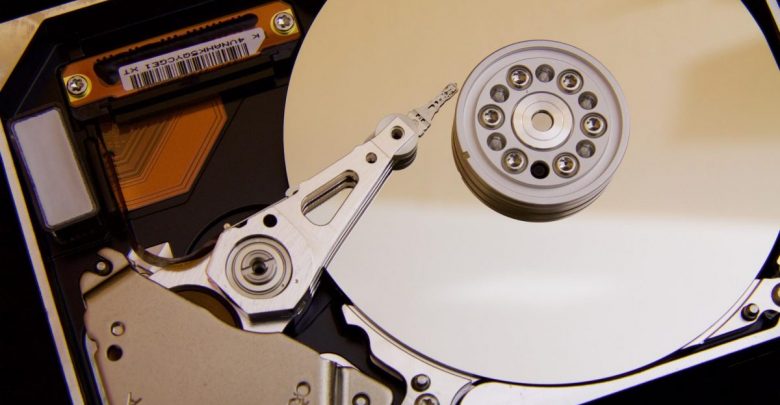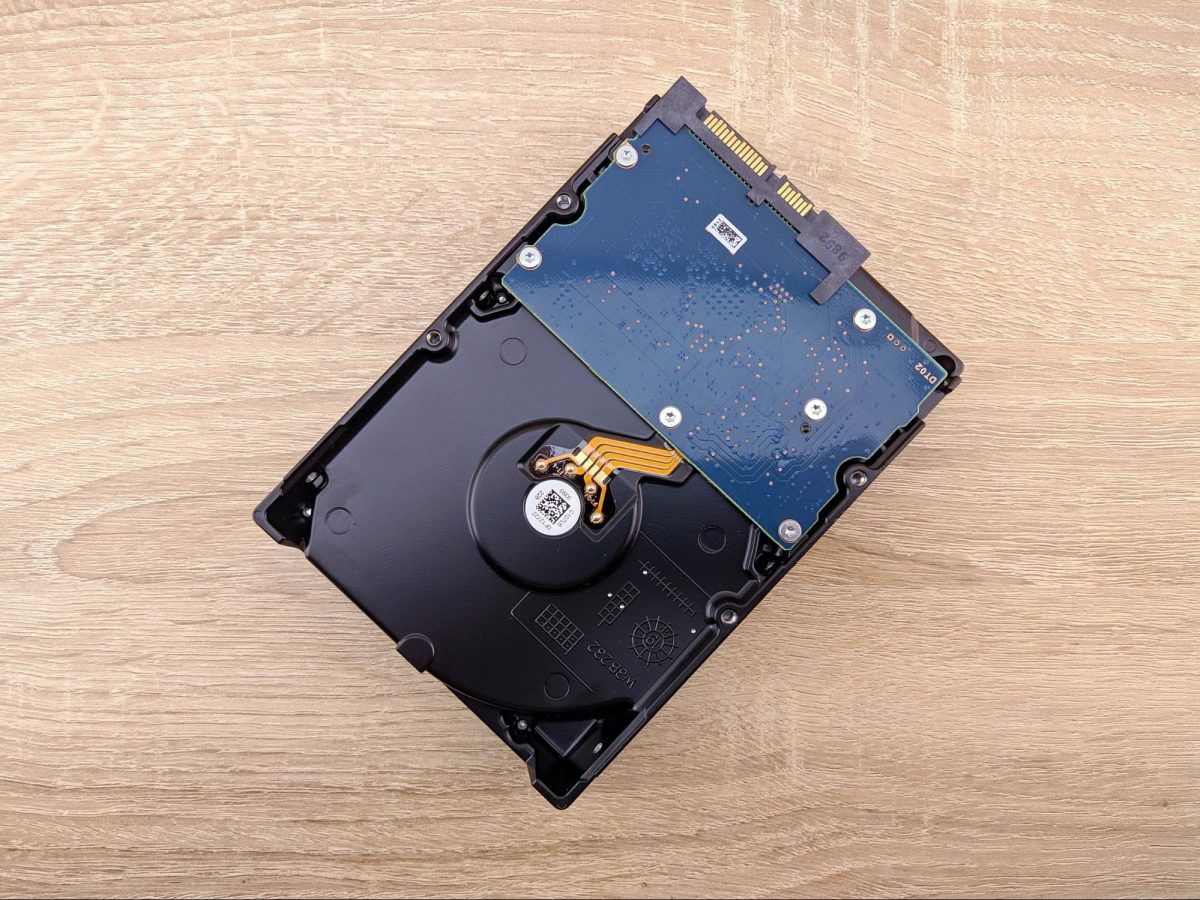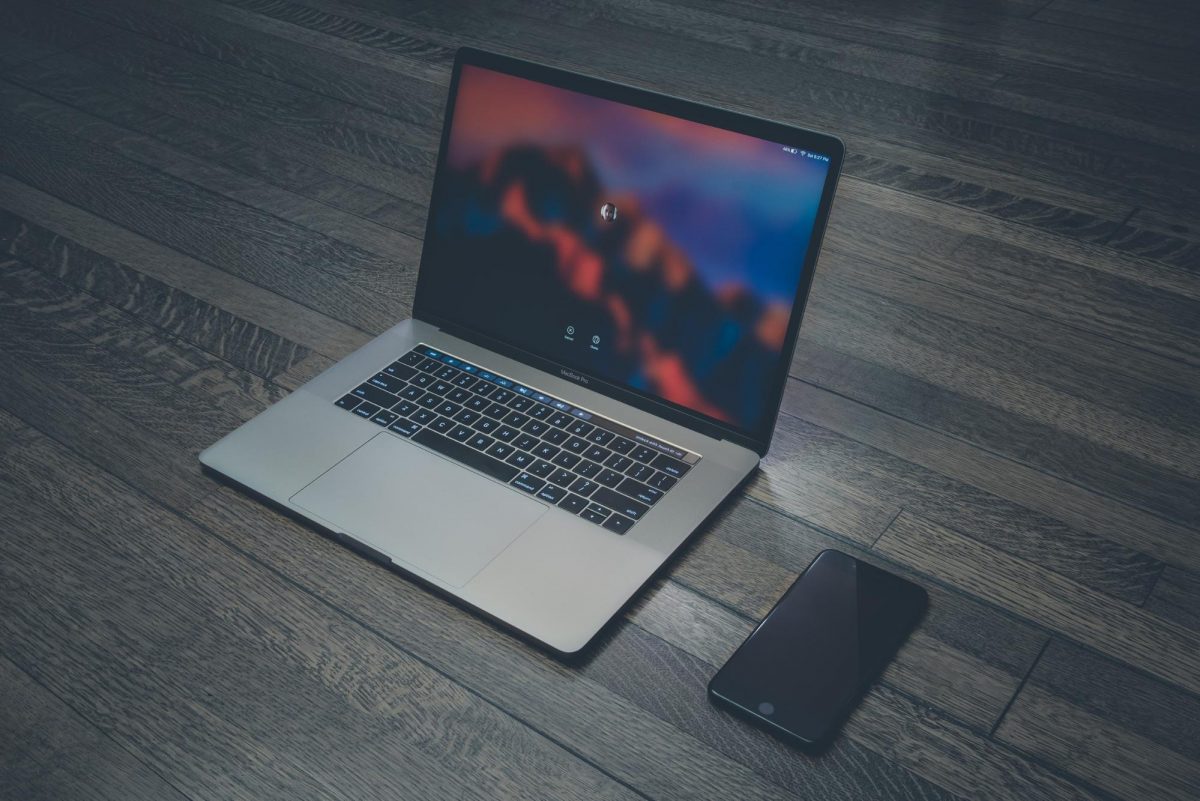Why MacBooks Have Low Storage and Ways You Can Fix It

Although the MacBook is a laptop, it is designed to be highly portable, lightweight, and lasts all day on a single battery charge. This is why MacBooks and especially the MacBook Air does not boast computing power and instead focuses more on portability.
Unlike other laptops that use HDDs, MacBooks use SSDs to store data.
Why do MacBooks use SSD instead of HDD?
HDD or hard disk drives are cheaper, but they also fail more often. SSD or solid-state drives are preferred for the following reasons:
- Consume less energy – SSDs don’t need as much power, so you spend less time and electricity charging your device. MacBooks also don’t heat up like other devices, so you don’t have to stop and take a break.
- Constant fixes are taking place – SSDs are being improved upon, and in the future, this will mean it costs less for the consumer and perhaps more storage.
- Run quicker – SSDs use ‘flash memory’, which means that your system runs much faster.
If you are planning to buy a 128 GB version, you should know that it is not enough. Even if all you plan to do with your laptop is write and browse the web, you will notice soon enough that the MacBook is running out of space.
And here’s why – you don’t get the entire 128 GB of storage. The preinstalled OS will eat up a significant chunk of the memory. Every update will do the same. Then you have the apps – preinstalled and the ones you download that will hog up space. Keep in mind that apps and browsers also take up space in the form of cache and temporary files that are essential to give you a seamless experience.
These files cannot be stored on iCloud. While you can free up space on your local disk by opting into storing files to the cloud, it will cost you a paid subscription since you cannot store more than 5 gigabytes of data for free on iCloud.
So, if you can afford it, get the 256 GB version at the minimum. If that is not a possibility, read on how to find out how you can deal with having the 128 GB version instead.
Tip #1: Leave 20 GB free at all times
If you keep 20GB empty on your disk, you are in the clear. You can run scheduled cleaning – get rid of all unnecessary files, screenshots, apps. Check your downloads and determine what stays and what goes into Trash.
You also want to clean your mac cache to make sure those unneeded files don’t hog up your space. Apps and browsers create these files to help you switch between apps and load pages faster, respectively, but they are completely unnecessary.
If you don’t want to take this on as an additional task, you can automate the process using cleaning software.
Some other quick wins:
- Set your Trash to empty automatically
- Optimize your storage
- Shut down your Mac often instead of putting it to sleep
Tip #2: Get an external hard drive

Having an external hard drive will help you offload any files you need in the future to the hard drive instead of keeping them on your local system. You can use Time Machine on Mac to create a backup of all your files, and you can delete files off your Mac.
Time Machine, an in-built feature on the Mac, takes backups regularly and automatically if you leave the external hard drive plugged in.
An external SSD will also go a long way if you can afford one. You can use it to backup your data and store large files.
Tip #3: Spread your storage across hard drives

Some apps can use external storage to run, and this can prevent your local disk from being clogged up. Keep in mind that using external drives will be slower when you’re trying to access data, but it is a compromise that may be worth making if you cannot purchase a MacBook with higher internal storage.
Tip #4: Automate the process
You can compress files that are larger using Mac’s in-built features and keep storage utilization low.
But this is a manual process and takes time. You’re better off using a file management app that can automate this process for you. Some of these apps can also empty your Trash for you.
Final thoughts
If you can, invest in a MacBook with higher internal storage. If you cannot do that, you have to rely on external hard drives and a rigorous cleaning schedule or pay for iCloud storage, which is a recurring cost. The average person needs 250 GB of storage. Make sure you understand how much space you will need before you make a decision to purchase the MacBook.



